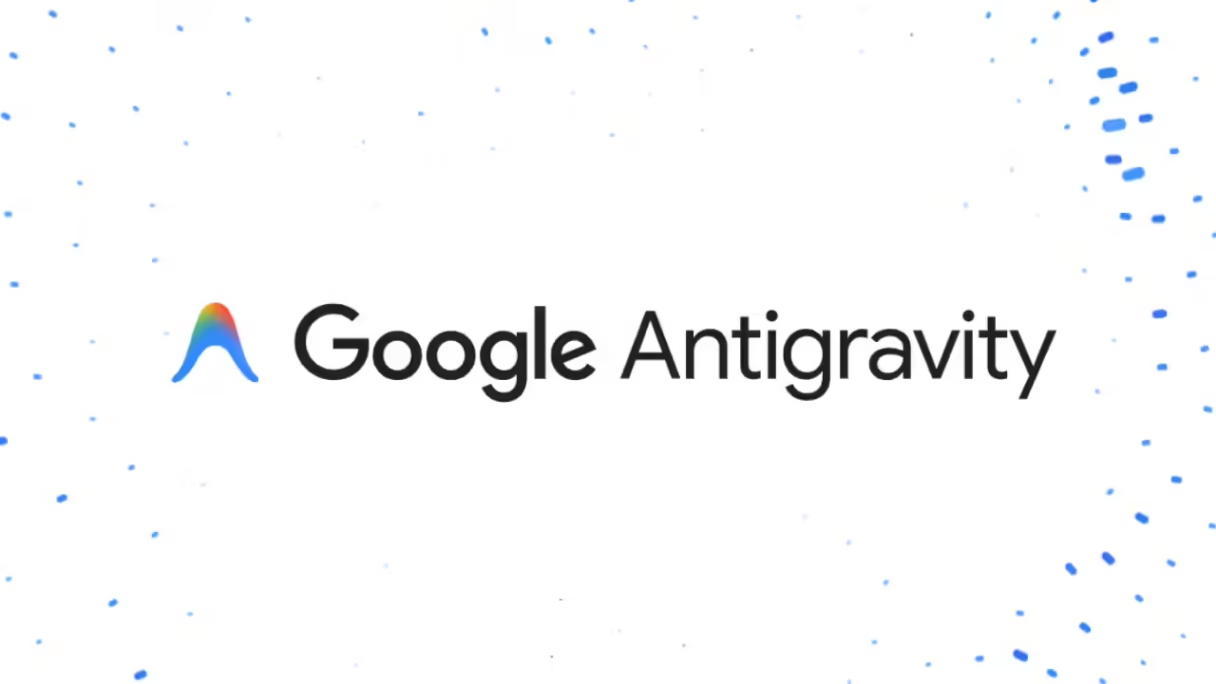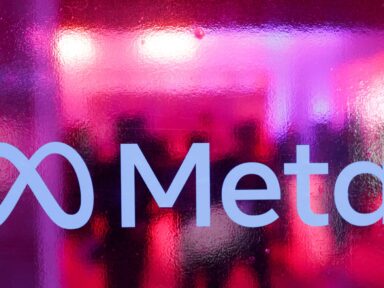Revolutionary Google Antigravity: A New Era of AI-Powered Simulation
Google DeepMind has unveiled Antigravity, a groundbreaking AI system poised to revolutionize the field of physics simulation. This isn’t just another incremental improvement; it’s a fundamentally new approach to simulating the physical world, offering speed and accuracy previously unattainable. Antigravity leverages the power of neural networks to learn the underlying laws of physics, allowing for incredibly realistic and efficient simulations. This technology has the potential to impact a wide range of industries, from robotics and engineering to scientific research and even entertainment. The core innovation lies in its ability to predict how objects will interact with each other, bypassing the computationally intensive methods traditionally used in physics engines.
How Google Antigravity Works: Learning the Laws of Physics
Traditional physics simulations rely on solving complex equations that describe the behavior of objects. This process can be incredibly time-consuming, especially for simulations involving many objects or intricate interactions. Antigravity takes a different tack. Instead of explicitly solving these equations, it *learns* them. The system is trained on vast datasets of simulated physical interactions, allowing it to build an internal model of how the world works.
This model is encoded within a neural network, which can then predict the outcome of new interactions with remarkable speed and accuracy. DeepMind researchers emphasize that Antigravity isn’t simply approximating the laws of physics; it’s learning a representation that captures the essential relationships between objects and forces. This allows it to generalize to scenarios it hasn’t explicitly been trained on, a crucial capability for real-world applications. The system achieves this by predicting the next state of a simulation given the current state, effectively learning a “dynamics model.” This contrasts with methods that focus on rendering realistic visuals, as Antigravity prioritizes accurate physical behavior. The implications are huge – imagine designing robots that can navigate complex environments without needing to painstakingly program every possible interaction, or creating virtual prototypes that behave exactly like their real-world counterparts.
Applications and Impact of AI-Powered Physics Simulation
The potential applications of Antigravity are vast and span numerous disciplines. In robotics, the system could enable the development of more agile and adaptable robots capable of operating in unpredictable environments. Instead of relying on pre-programmed movements, robots powered by Antigravity could learn to react to their surroundings in real-time, making them more robust and versatile.
For engineering, Antigravity offers a powerful tool for prototyping and testing designs. Engineers could simulate the performance of new products under a wide range of conditions, identifying potential flaws and optimizing designs before committing to physical production. This could significantly reduce development costs and accelerate innovation. Furthermore, the scientific community stands to benefit greatly. Researchers can use Antigravity to model complex physical phenomena, such as fluid dynamics or material behavior, gaining new insights into the workings of the universe. The ability to simulate these systems accurately and efficiently could lead to breakthroughs in fields like climate science, astrophysics, and materials science. Beyond these core areas, Antigravity could also revolutionize areas like game development, creating more immersive and realistic gaming experiences. The system’s speed and accuracy could allow for simulations of unprecedented scale and complexity, pushing the boundaries of what’s possible in virtual worlds. You can learn more about the broader impact of AI on scientific discovery at sources like.
Conclusion
Google’s Antigravity represents a significant leap forward in AI-powered physics simulation. By learning the underlying laws of physics, it offers a level of speed and accuracy that was previously unattainable. This technology has the potential to transform a wide range of industries, from robotics and engineering to scientific research and entertainment. As Antigravity continues to develop, we can expect to see even more innovative applications emerge, further blurring the lines between the physical and digital worlds. The future of simulation is here, and it’s powered by artificial intelligence.
FAQ
What is the main difference between Antigravity and traditional physics engines?
Traditional physics engines solve equations to simulate physical interactions, which can be slow. Antigravity *learns* the laws of physics through neural networks, allowing for faster and more efficient simulations.
What kind of data is Antigravity trained on?
Antigravity is trained on vast datasets of simulated physical interactions, allowing it to build an internal model of how the world works.
What are some potential applications of Antigravity in robotics?
Antigravity could enable the development of more agile and adaptable robots capable of operating in unpredictable environments, learning to react to their surroundings in real-time.
Could Antigravity replace traditional physics simulations entirely?
While Antigravity shows immense promise, it’s unlikely to completely replace traditional methods. Each approach has its strengths and weaknesses, and the best solution will depend on the specific application.
Is Antigravity an open-source project?
Currently, Antigravity is a research project from Google DeepMind. Information regarding open-sourcing the technology has not been released.
What are the limitations of Antigravity?
Like all AI systems, Antigravity’s performance is dependent on the quality and quantity of its training data. It may struggle with scenarios significantly different from those it has been trained on.
















How would you rate Introducing Google Antigravity, a New Era in AI-Assisted Software Development?